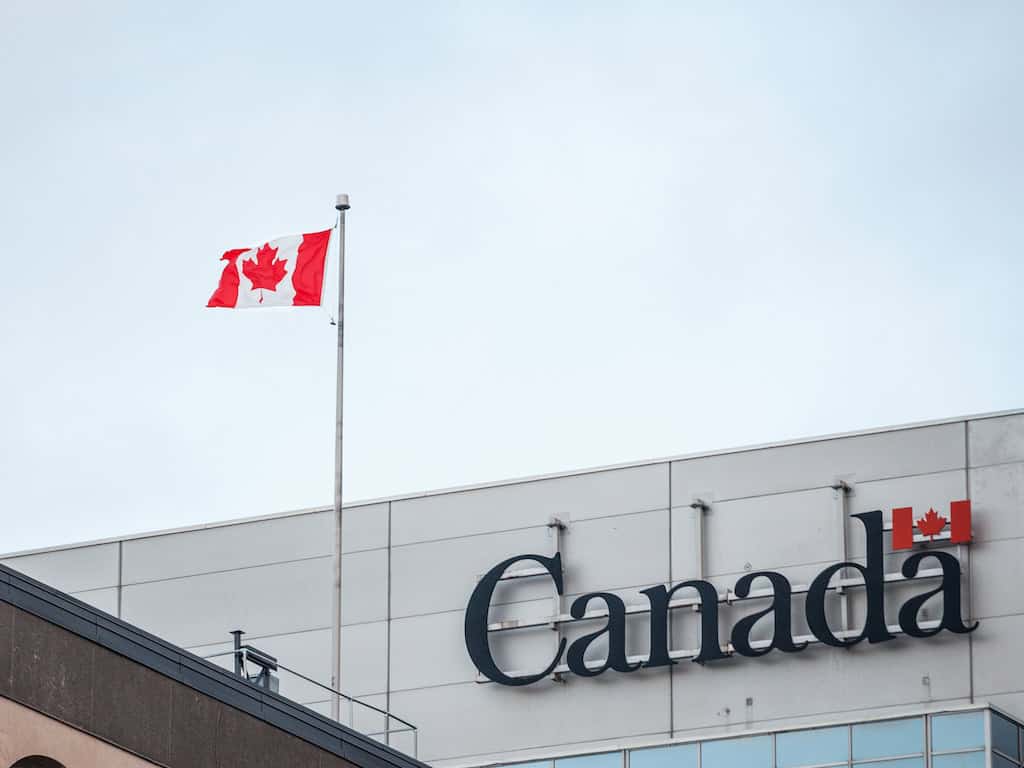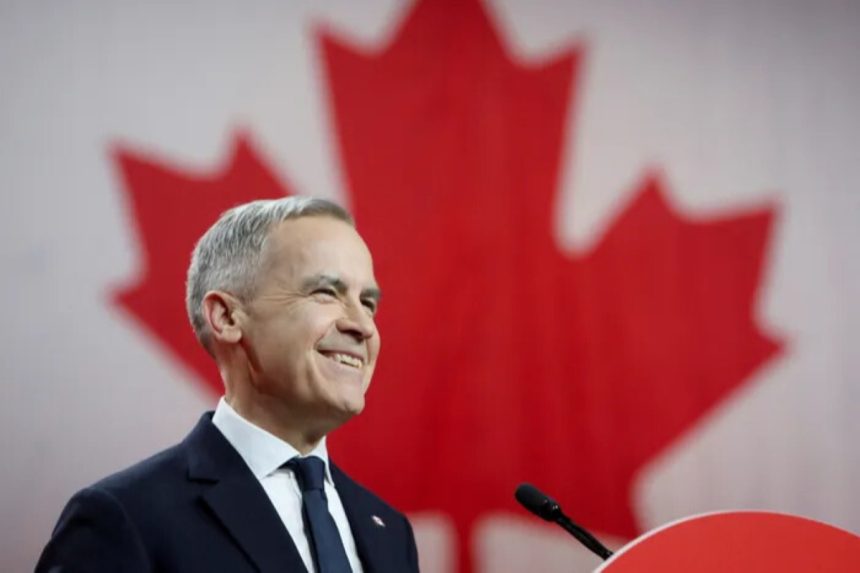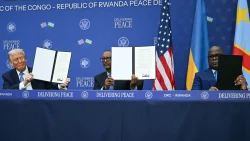Canada is preparing for a historic update to its 2026–2028 Immigration Levels Plan, reshaping how many newcomers—both permanent (PR) and temporary (TR)—the country will welcome.
The Immigration, Refugees and Citizenship Canada (IRCC) will officially unveil the plan on November 4, 2025, setting the course for immigration policy under Prime Minister Mark Carney’s administration.
This year’s release comes amid ongoing debates over the housing crisis, slowing job creation, and the need to stabilize temporary-resident numbers after years of post-pandemic growth.
Projected Immigration Targets (2025 → 2027)
| Category | 2025 | 2026 | 2027 |
|---|---|---|---|
| Permanent Residents (PR) | 395,000 | 380,000 | 365,000 |
| Temporary Residents (TR) | 673,650 | 516,600 | 543,600 |
These figures mark a gradual reduction in overall intake, reflecting Ottawa’s effort to balance immigration with domestic capacity for housing, jobs, and essential services.
Key Highlights of the 2026–2028 Immigration Levels Plan
- New caps on temporary residents will be introduced for the first time, aiming to reduce Canada’s TR population to under 5 percent of the national total.
- More focus on transitioning international students and temporary workers already in Canada into permanent-resident streams.
- Stronger support for Francophone immigration outside Quebec through category-based draws and dedicated settlement funding.
- Balanced workforce planning, aligning immigration with national priorities in housing, healthcare, and labour-market sustainability.
Stabilizing Permanent-Residence Admissions
Consistent with last year’s strategy, Canada will stabilize permanent-resident admissions, targeting a ceiling of around 416,500 in 2026 before adjusting downward in 2027.
This signals a move from expansion to consolidation, ensuring newcomers integrate successfully into local economies and communities.

Express Entry and Provincial Nominee Programs (PNP)
The upcoming plan is expected to expand Express Entry intake to roughly 124,680 spots, emphasizing candidates with French proficiency, in-demand skills, and Canadian work experience.
Meanwhile, Provincial Nominee Programs (PNPs) will see increased allocations following successful negotiations with provinces such as British Columbia, Manitoba, Saskatchewan, Newfoundland and Labrador, and New Brunswick.
These boosts will help address regional labour shortages—especially across Western Canada—and offer employers more flexibility in hiring.
Reducing Temporary Residency and Encouraging Francophone Growth
The new TR caps represent the most significant policy shift in a decade.
The federal government aims to lower temporary-resident admissions (international students, temporary workers, and visitors) to more sustainable levels while still meeting humanitarian obligations and regional needs.
At the same time, Francophone immigration remains a top priority, building on IRCC’s ongoing initiatives to grow French-speaking communities across the country.
What Employers Should Know
Employers are likely to benefit from higher provincial quotas and pathways for temporary workers to transition to PR—particularly in sectors facing chronic shortages such as healthcare, technology, and manufacturing.
However, industries that rely heavily on temporary or seasonal labour—such as hospitality, agriculture, and construction—may experience hiring constraints under the new TR caps.
The Road Ahead
The 2026–2028 Immigration Levels Plan will serve as a defining moment for Canada’s economic and demographic future.
As the federal government balances growth with sustainability, all eyes will be on November 4, when IRCC unveils how it plans to shape immigration for the next three years.
Afro Diaspora Pulse News Desk will continue to monitor the announcement and provide detailed analysis once the plan is officially released.








